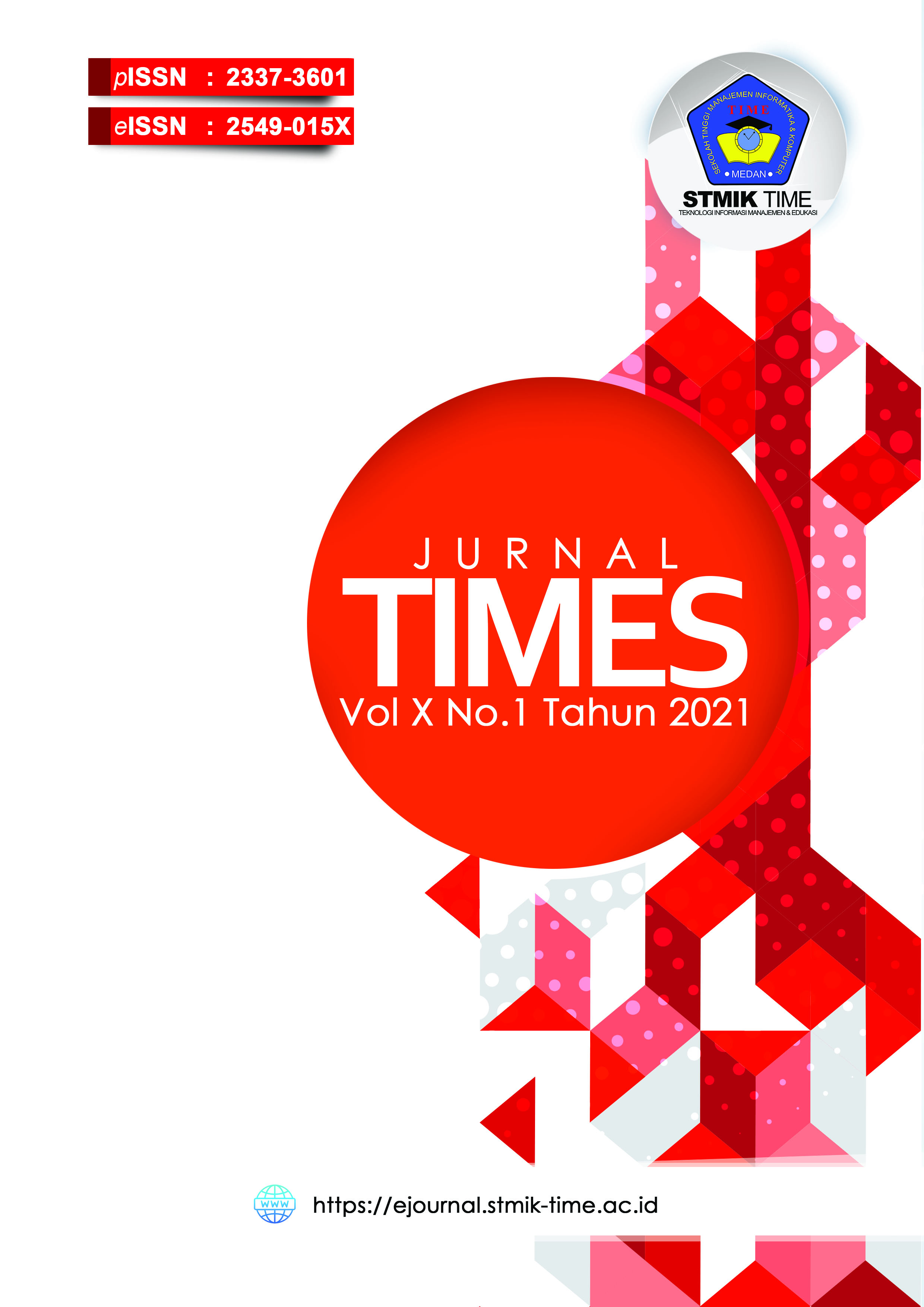Penerapan Machine Learning Untuk Mengategorikan Sampah Plastik Rumah Tangga
Isi Artikel Utama
Abstrak
Plastic waste is the result of human needs for plastic-based products. Due to high needs, the manufacture and use of plastics as raw materials produced do not use plastics as raw materials for their manufacture. Side effects of this phenomenon cause plastic waste to be transferred to the Final Shelter (TPA). Plastic waste is divided into 7 types, some can be replaced, recycled, and reused. To be able to do better sorting and screening of plastic waste, human labor is needed. This causes humans to have the ability to sort and filter visual objects, but humans are less consistent in various influencing factors. However, if this is applied to a computing system, the plastic waste treatment system will provide consistent results. If this system is applied in various layers of waste treatment, the plastic waste that pollutes the environment will be reduced. With the help of Machine Learning and Deep Learning,we can apply human visual abilities to computer systems.
Rincian Artikel
Referensi
Alom, M.Z. et al. The History Began from AlexNet: A Comprehensive Survey on Deep Learning Approaches, Cornell University Library's arXiv.org. Available at: http://arxiv.org/abs/1803.01164.2018.
Amanda Bahraini. "7 Tipe Plastik yang Perlu Anda Ketahui", Waste4Change.com. Tersedia: https://waste4change.com/7-types-plastic-need-know. Juli 2018.
Dedi Setiabudidaya. Penggunaan Piranti Lunak Jupyter Notebook dalam Upaya Mensosialisasikan Open Science, Jurusan Fisika Universitas Sriwijaya, Indonesia. 2018.
Eli Stevens, Luca Antiga. Deep Learning with PyTorch, Shelter Island, New York. 2019.
Firman L Sahwan, et al. Sistem Pengelolaan Limbah Plastik Indonesia, Indonesia, Indonesia, Tersedia: http://ejurnal.bppt.go.id/index.php/JTL/article/view/330. 2005.
Guido van Rossum. et al. Python Tutorial Release 3.7.0, Python Software Foundation. 2018.
Jupyter Foundations. Jupyter Notebook Documentation Release 7.0.0.dev0. 2020.
Kaiming He. et al. Deep Residual Learning for Image Recognition, Microsoft Research, arXiv.org. Tersedia: http://arxiv.org/abs/1512.03385v1. 2018.
Marko Gargenta. Learning Android, San Francisco. 2011.
Patrick Hebron. Machine Learning for Designers, USA. 2016.
Stephen, et al. Aplikasi Convolutional Neural Network Untuk Mendeketeksi Jenis-Jenis Sampah,Indonesia, Tersedia: http://jurnal.ubl.ac.id/index.php/explore/article/view/1319. 2019.
Dr. Suyanto. et al. Deep Learning Modernisasi Machine Learning untuk Big Data, Indonesia.2019.
Suyanto. Artificial Intelligence: Searching, Reasoning, Planning, and Learning, Indonesia. 2014.
Vipin Tyagi. Understanding Digital Image Processing, Department of Computer Science and Engineering Jaypee University of Engineering and Technology Raghograph, Guna (MP), India.2018.
Widodo Budiharto. Machine Learning & Computational Intelligence, Indonesia. 2016.
